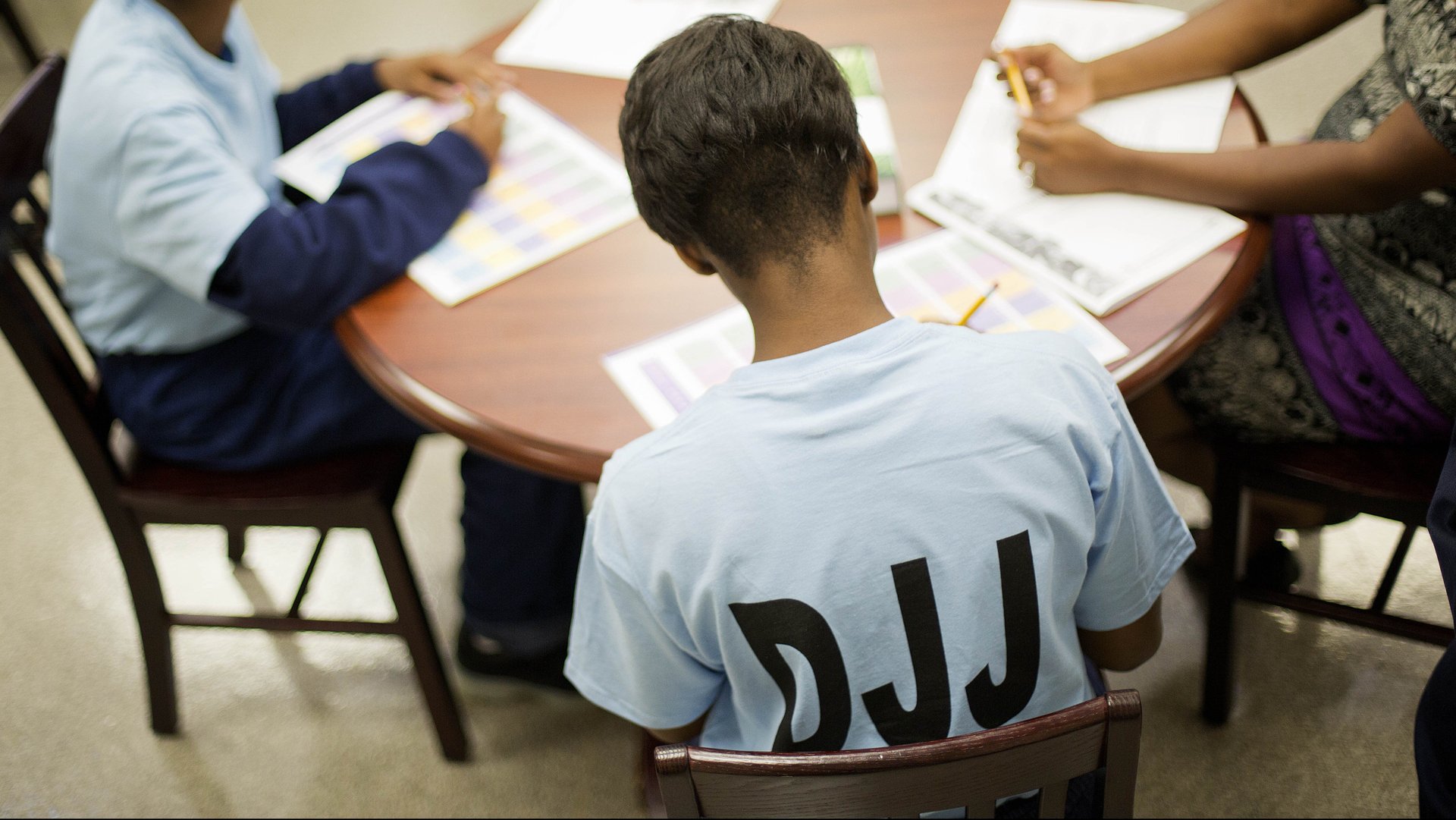The disturbing pipeline to prison for thousands of girls in the US starts with sexual abuse
Debates about the crisis in the American criminal justice system—the over-incarceration, the “warehousing” of the mentally ill, the harsh juvenile sentencing—tend to leave out perhaps the most vulnerable group within its confines: girls, and particularly girls of color.


Debates about the crisis in the American criminal justice system—the over-incarceration, the “warehousing” of the mentally ill, the harsh juvenile sentencing—tend to leave out perhaps the most vulnerable group within its confines: girls, and particularly girls of color.
The proportion of girls incarcerated within the juvenile justice system is increasing, but it’s not necessarily because girls are becoming more violent. According to a new report (pdf) from the Human Rights Project for Girls, the Georgetown Law Center on Poverty and Inequality, and the Ms. Foundation for Women, growing numbers of girls are arrested for minor offenses. And these transgressions, such as substance abuse, truancy, and running away (60% of all runaway cases in over the past 20 years were girls), “are also the most common symptoms of abuse,” the report notes.
One figure from the US Department of Justice suggests that nearly one-third of the girls in the juvenile justice system had been sexually abused. Several local surveys show that the problem may be much worse. The statistics suggest that the so-called “school-to-prison pipeline” for boys has a disturbing parallel for girls, whose pipeline to prison frequently leads from sexual abuse.
The aggressive enforcement of minor offenses is part of a larger problem of criminalizing children, and especially children of color, says Malika Saada Saar, the executive director of Human Rights For Girls.
Some of the girls are victims of sexual trafficking. They get arrested for truancy or prostitution—at ages as young as 13—and instead of receiving support, they are placed in the juvenile justice system.
Others are abused by a family member. One girl Saada Saar encountered in her work had been repeatedly raped by her uncle. In order to put a stop to it, she got pregnant by another man. She had the baby, missed school, and was detained for truancy.
The report suggests girls often get placed in the system because of how they are perceived in court, when they do not conform to typical feminine behavior. “I’ve had judges say, ‘Give me boys to deal with, but no girls,'” says Saada Saar. “Many times the girls present as defiant in court, angry because of the trauma done to them by those who were trusted.”
Among the 14,000 girls currently in the system, girls of color are disproportionately represented. “Part of the issue is the disregard of girls at the intersection of race and poverty,” says Saada Saar.
When traumatized girls are placed in the juvenile justice system, they do not receive the appropriate support. “We are not asking why would a 14-year-old girl present as so hardened and deadened,” says Saada Sar. Studies show that girls who experience trauma are also more susceptible to developing mental illness than boys are.
Saada Saar says there are three key ways to address the problem: to halt the arrests of minors for prostitution, to stop detentions for status offenses such as running away, and to put in place a comprehensive system of care and attention.